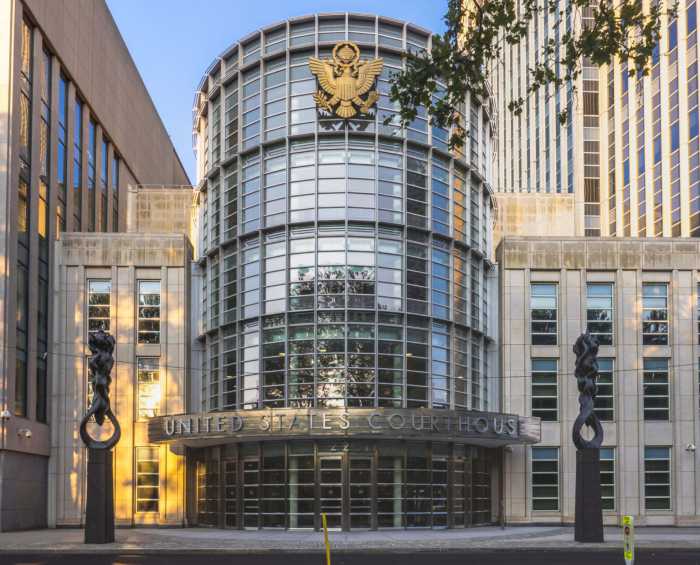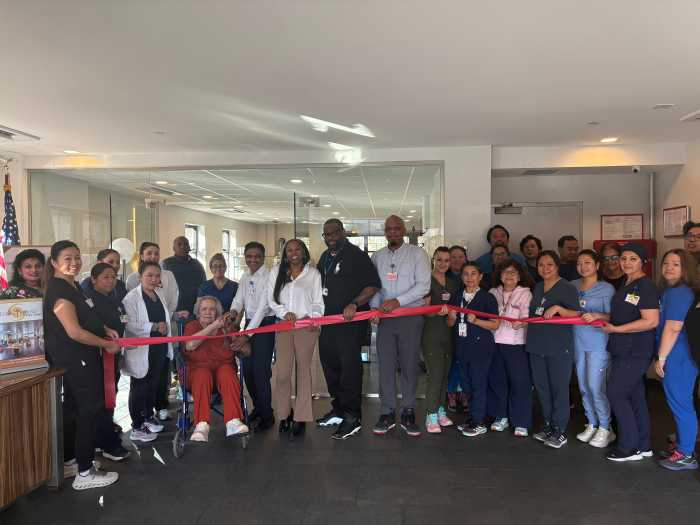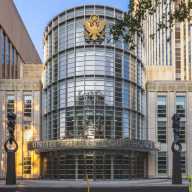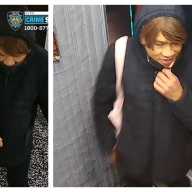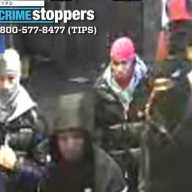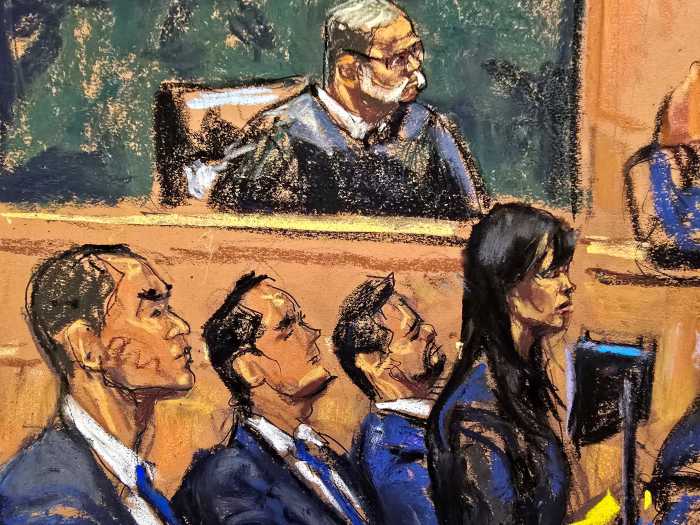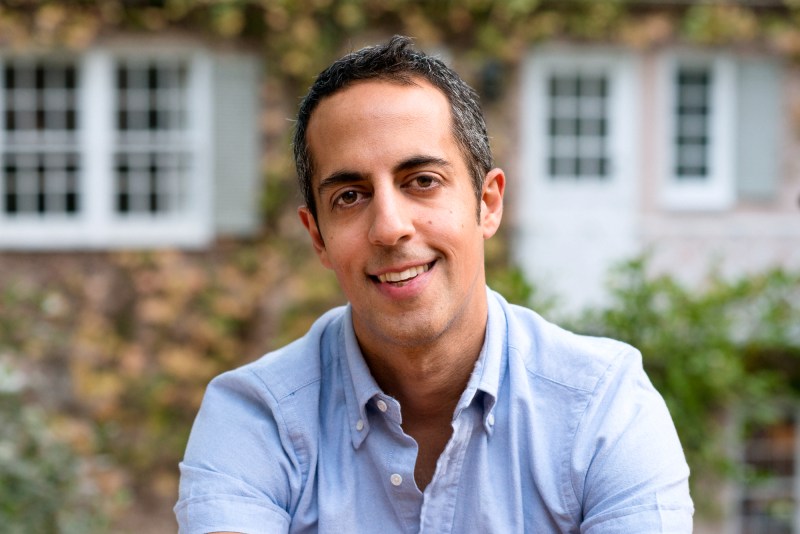Flushing was established as a settlement of New Netherland on Oct. 10, 1645, on the eastern bank of Flushing Creek. It was named after the Dutch city of Vlissingen, which was the European base of the Dutch West India company. When the British took control of New Amsterdam in 1664, and when Queens County was established in 1683, the name was changed to Flushing. In 1898, Flushing was consolidated into the city of New York.
Early inhabitants of Flushing were the Native Americans, such as the Lenni Lenape speaking people of the Algonquin nation. They were originally known as the Mattinecock, which isn’t their name but the identity that they gave to the territory upon which they lived. Mattinecock means “Place of the Rolling Hills” or “Rolling Countryside.”
Other inhabitants of the area included the Dutch, British and slaves who worked in the farming community. Years after emancipation, some slaves were given property and others worked as oyster men or ferry men. There were also the French Huguenots who followed another form of Catholicism and lived primarily in the northern part of Flushing Meadows nearby LaGuardia Airport.
Following the Civil War, there was an influx of Western European people (German and Irish) to the neighborhood. It remained stagnant until the end of WWI and WWII with the migration of Greeks and Italians. The final big push was after 1965-1966, when immigration restrictions were lifted almost more than half a century, and a surge of southeast Asian and Middle eastern people settled in Queens through the 1970s and 1980s until today.
One of the most important events to take place in Flushing history was the Quaker fight for religious tolerance. The Charter of Flushing allowed residents freedom of religion as practiced in Holland. However, in 1656, New Amsterdam Director-General Peter Stuyvestant prohibited the harboring of Quakers. Stuyvesant issued an edict forbidding anyone in the colony to entertain a Quaker or to allow a Quaker meeting to be held in his or her house under penalty of a fine.
“When Stuyvestant saw that this new Quaker religion was getting so much attention, he passed a law outlawing it because he was afraid of maybe a political takeover or a religious takeover. It was to protect his power and preserve his position,” said Queens Historical Society Executive Director Jason Antos.
According to Antos, Flushing is the birthplace of Quakerism and Quaker culture in North America. On December 27, 1657, residents wrote the Flushing Remonstrance, which was a petition to establish a township where everyone can practice freedom of religion without penalty of the law.
“When it was given to Stuyvestant, he angrily banged his wooden leg and ordered the people who signed the letter to be arrested and sent to prison,” Antos said.
One of those people who were sent to prison was English settler John Bowne, who held secret Quaker meetings in his home. Bowne remained in jail in New Amsterdam (Manhattan) for several months, and he was deported to England after refusing to pay the fine, repent or recant.
In Holland, Bowne cited the language of the Charter which guaranteed “Liberty of Conscience,” according to Bowne House. He testified at his trial before the Dutch West India Company, which agreed and ordered Stuyvestant to permit freedom of religion in the colony.
This freedom evolved over 100 years later into the guarantees in the First Amendment to the Constitution, according to Bowne House. It also guaranteed the rights of assembly and freedom of speech — all principles advanced by Bowne in 1662 when he welcomed Quakers into his home for worship.
Bowne returned home in 1664, where he continued to farm and live with his family. He helped to acquire the land for the Flushing Quaker Meeting House, located at 137-16 Northern Blvd., one of the oldest Meetings in America. Bowne died in 1965 and was buried in the Meeting Burial Ground.
The John Bowne House in Flushing is a New York City and national landmark, and a member of the National Park Service’s Underground Railroad Network to Freedom program. Bowne House educates the public about American history through the legacy of the Bowne family members, who participated in events of both regional and national significance spanning over 300 years.
Other sites of historical significance in Flushing include the Old Towne of Flushing Burial Ground, which is the final resting site for as many as 1,000 people. Established in 1840, these grounds were purchased by the town of Flushing as a pauper’s burial ground. Overtime, the burials were mostly people of African American and Native American descent, according to the city Parks Department. The cemetery has gone through a variety of name changes from inception to present, including “Town Ground,” “Pauper’s Burial Ground,” and “Colored Cemetery of the Olde Towne of Flushing.”
In the 19th Century, the number of African-American settlers in Flushing grew, because of the known tolerance of the area. One of the best known among them was Lewis Latimer, an electrical inventor, who had formerly worked with Thomas Edison. Development came in the early 20th century with the construction of bridges and public transportation. In 1939, New York’s World’s Fair took place in what today is known as Flushing Meadows Corona Park. The New York World’s Fair of 1964 also took place in this park and what remains from this event are the iconic Unisphere as well as the New York State Pavilion.
An immigrant population, composed mostly of Chinese and Koreans, settled in Flushing in the late 20th century. In the 21st century, Flushing has seen newcomers from all over the world as it continues to expand.
“People have always come here to live and raise their families. What we’re seeing now is just another reincarnation of the neighborhood. Every 50 years or so, it reinvents itself,” Antos said.
A major development in the works today is the city’s plan to transform Willets Point into an entirely new neighborhood with 2,500 new affordable homes, a privately-funded soccer stadium and a 250-room hotel.
Willets Point, also known as the Iron Triangle, was an industrial neighborhood within Corona. Located east of Citi Field near the Flushing River, it is known for its automobile shops and junkyards.
According to Antos, the original Willets Point is the site of Fort Totten near Bayside. However, over the course of the 20th century, it became commonplace to apply the name ‘Willets Point’ (derived from the street, rather than the geographical feature) to the area on the Flushing River instead.
“Because the street [Willets Point Boulevard] runs through the Iron Triangle, people named it Willets Point in reference to the street. Then it got even further when they opened the train station and named it Mets-Willets Point or Shea Stadium, as it was called,” Antos said.
The Iron Triangle is all marshland and slowly converted into places established by auto body shops. During the WWII era, the land was purchased by developers to transform it into a neighborhood but the deal fell through, according to Antos.
“They had either removed or filled most of the swamp area where they had a foundation to build,” Antos said. “The land remained vacant and in the 20’s it was sold and repurposed and the auto body and mechanic shops were put in. They were going to put homes and it was going to be a community, it just never happened.”
The Iron Triangle was depicted as the Valley of the Ashes in F. Scott Fitzgerald’s ‘The Great Gatsby.’ Willets Point was originally part of a great swamp that came to be used as a municipal dump in the early 20th century.
According to Antos, the meadows south of Willets Point were used as a dumping ground by the Brooklyn Ash Removal Company for about 30 to 40 years.
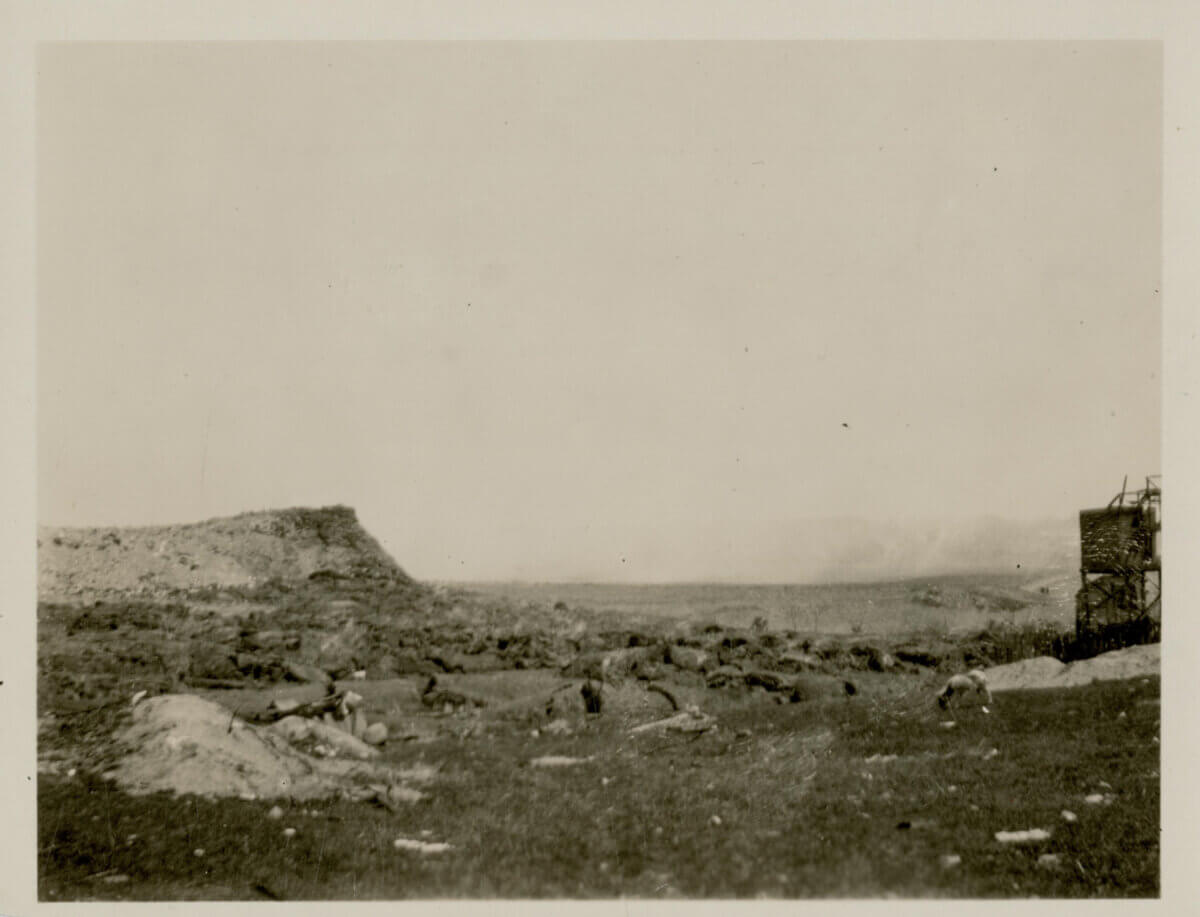
“It was called Flushing Meadows but it wasn’t a park,” Antos said. “It was this terrible blight on the community because you would go through downtown Flushing, which was beautiful and picturesque, and you would cross the river into Corona, Astoria and LIC, and you would pass through this garbage dump.”
As neighboring land was transformed first for the 1939 World’s Fair and later into Flushing Meadows Corona Park, Willets Point was gradually converted into the gritty home to auto body and chop shops, junk and salvage yards, construction businesses, and warehouses etc.
For decades, there were several unsuccessful attempts to redevelop the area. Mayor Michael Bloomberg had introduced a plan that included a massive shopping and entertainment space in 2023. Mayor Bill de Blasio worked out a plan in 2018 that included affordable housing.
In November 2022, Mayor Eric Adams announced his administration’s plan to bring significant long-term economic opportunities to the community that has long been underserved. The project is expected to generate $6.1 billion in economic impact over the next 30 years, creating 1,550 permanent jobs and 14,200 construction jobs.
With the creation of a new soccer stadium, Willets Point will become the city’ premier sports hub, with the Mets’ Citi Field and U.S. Tennis Association Billie Jean King National Tennis Center also within walking distance of the MTA’s Mets-Willets Point subway and LIRR station.


